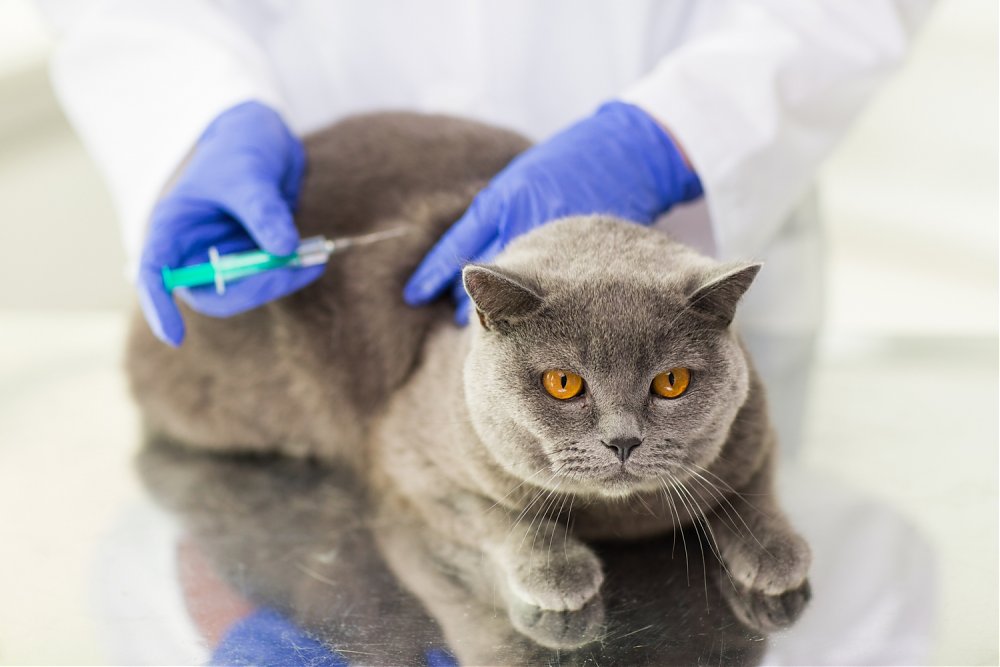
Vaccination for cats - summary
There are different manufacturers and types of vaccines. The veterinarian will always adjust the scheme individually for a particular cat.
The first vaccination of the kitten should occur after the 9th week of age. Subsequent vaccination is about 3 weeks. Infectious diseases are the first to be vaccinated. The rabies is vaccinated during the booster at the earliest in the third month of life. Complete vaccination is in the first year of life and then always on your cat's birthday.
There are different manufacturers and types of vaccines. The veterinarian will always adjust the scheme individually for a particular cat.
In the basic vaccine against infectious diseases we vaccinate against:
Panleucopenia - FPV called. feline plague as the disease is highly virulent. Most often affects kittens under 6 weeks of age. It has a very fast and often fatal course. It is manifested by severe watery diarrhea, severe vomiting and subsequent dehydration. If a cat gets infected, it usually miscarries. If she gives birth to live kittens, they tend to have damaged cerebellum, subsequently impaired movement coordination and other nerve disorders.
Infectious rhinotracheitis FVR and FCV - calicivirosis. The two diseases often occur concurrently. There is inflammation of the oral cavity, conjunctivitis, rhinitis and fever. Cat infection can also occur indirectly (shoe sole, dirty clothes), so it is recommended to vaccinate purely domestic cats. This disease often has a long, chronic course.
Rabies - a viral, fatal disease. It is transmitted by the bite of the infected animal as the virus is found in the saliva of the animal. The disease is transmissible to humans. Neurological changes occur in the affected animal. Aggression, dilated pupils, excessive drooling, paralysis, twitching and death.
Supplementary vaccines:
Chlamydiosis: Eyes and nose runny, causing rhinitis, cough and conjunctivitis. Untreated disease can result in pneumonia, pneumonia.
FeLV - the disease is mostly chronic in nature and is incurable. Cat withers, may have enlarged lymph nodes. The clinical symptoms are various: oral inflammation, respiratory infections, fever, anorexia and cancer.
Mostly, this disease occurs concurrently with another infection. The source of infection is saliva and body fluids of the affected individual.
By following the recommended vaccination schedules, you will reduce the risk of developing these diseases in your cat.
Send feedback
